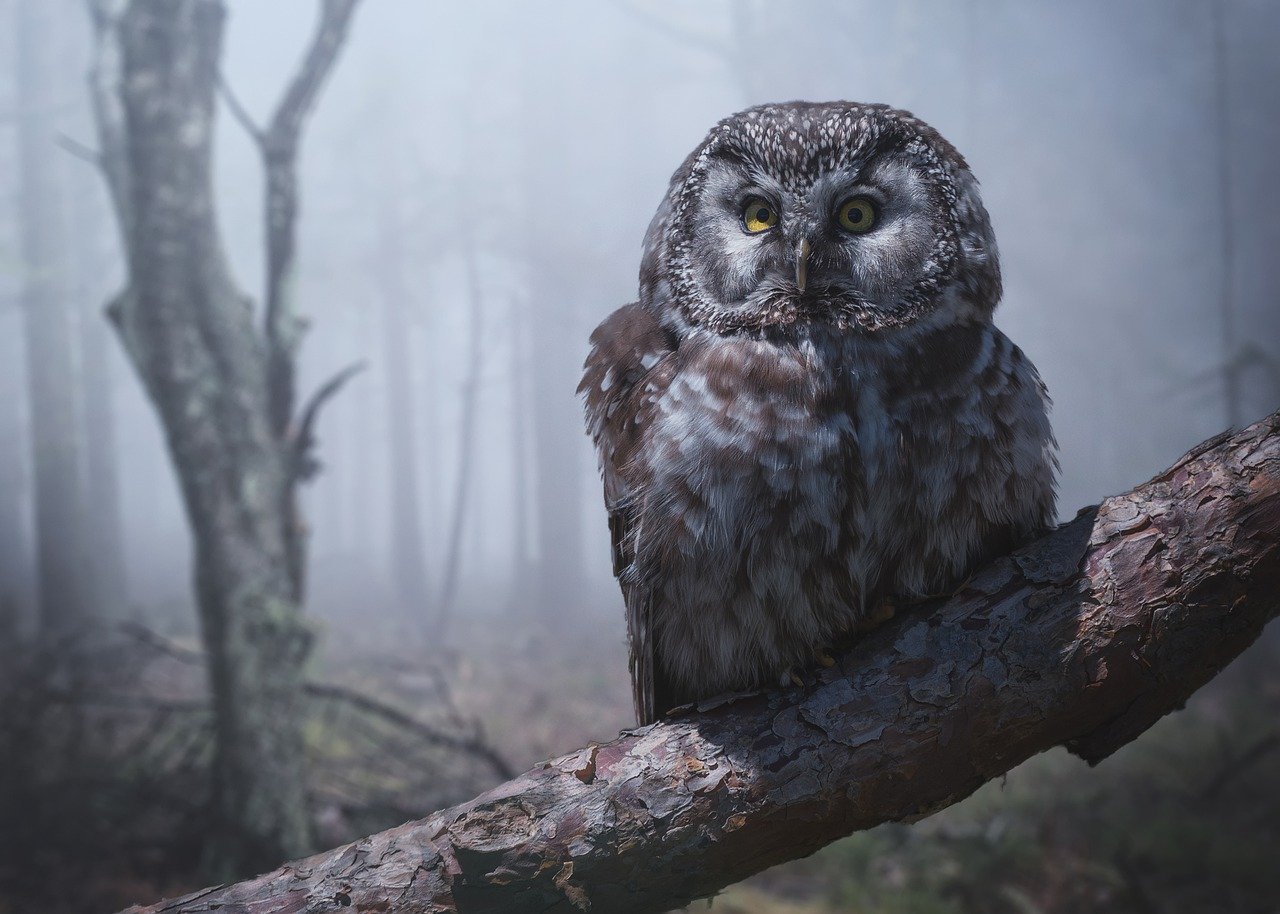Förekomsten av ugglor och bergfink i förhållande till ollonproduktion i sydöstra Sverige
DOI:
https://doi.org/10.34080/os.v12.22834Nyckelord:
mellanartsinteraktion, predator-bytesinteraktion, interaktion mellan predator och byte, klimateffekterAbstract
We investigated the relationship between mast seeding in beech Fagus sylvaticus and oak Quercus spp., and the occurrence of the rodent-dependent predators Tengmalm’s Owl Aegolius funereus, Long-eared Owl Asio otus and Tawny Owl Strix aluco in south-eastern Sweden (Blekinge) 1992—2000. We also compared available data on seed production with data on winter flocks of Brambling Fringilla montifringilla, mainly depending on beech seeds as winter food. Years of good beech mast production were followed by years of high frequency of Tengmalm’s Owl and Long-eared Owl, indicating a rapid numerical response to improved food conditions. The Tawny Owl did not respond in the same way, but tended to reach high densities two years after mast seeding. These results suggest that mast seed production may influence the populations of rodent-feeding predators, and that the numerical response may be very rapid in potentially nomadic specialist predators. This was indicated particularly for the Tengmalm´s Owls arriving in Blekinge rather late in spring of 1999. Winters following good beech mast production normally held large numbers of Bramblings. However Bramblings were absent in Blekinge during the winter of 1992/93 despite the very good year for beechnut production in 1992. Thus, low number of Bramblings was no reliable indication for low numbers of owls the following spring.
Nedladdningar

Downloads
Publicerad
Referera så här
Nummer
Sektion
Licens
Författaren/författarna innehar copyright för varje enskilt bidrag, men samtliga bidrag är publicerade under en Creative Commons-licens, så att vem som helst kan dela och återanvända bidraget förutsatt att copyright-innehavaren erkänns.







